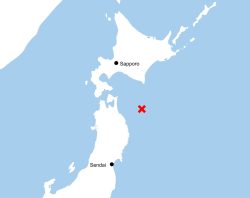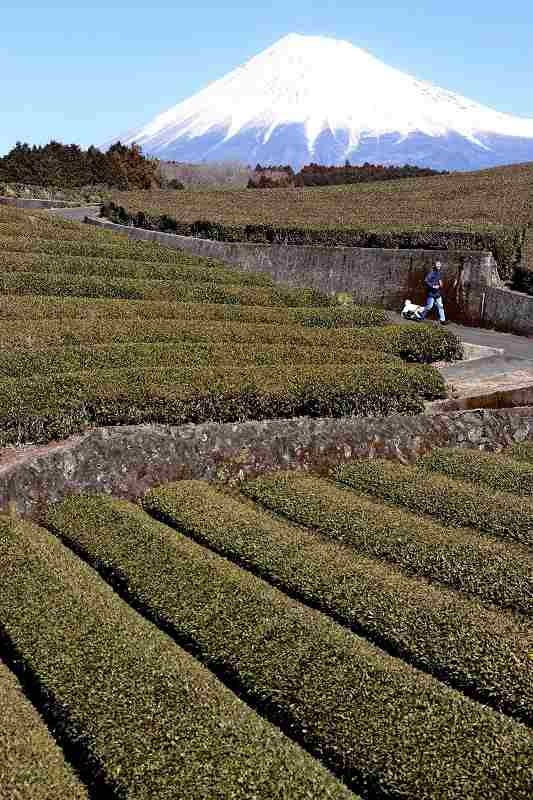
Tea is seen growing in fields in Fuji, Shizuoka Prefecture, in late February.
17:22 JST, April 13, 2021
SHIZUOKA — Shizuoka Prefecture’s status as Japan’s No. 1 tea-producing region is wavering. According to statistics released by the Agriculture, Forestry and Fisheries Ministry in February, the prefecture’s “crude,” or pre-processed, raw tea leaf production in 2020 was 25,200 tons, which was barely enough to keep the prefecture at the head of the table.
Shizuoka has maintained its top status without interruption since 1959, the year of the oldest official documentation on record. Yet, second-place Kagoshima Prefecture is right on its heels with 23,900 tons. The neck-and-neck race can be attributed to two factors: a steady increase in consumers purchasing tea packaged in plastic bottles, and the difference between the two prefectures in how production of tea has been streamlined by automation.
According to the agriculture ministry, the amount of domestic crude tea production in 2020 was 69,800 tons, a drop of 15% from the previous year. Shizuoka has the largest share at 36%, closely followed by Kagoshima at 34%.
The gap in the amount of crude tea production between the two prefectures in the past was massive. A look into statistics published by the ministry shows that the figure was about 47,900 tons in Shizuoka in 1959, when Kagoshima had only about 2,700 tons, or around a mere 6% of that in Shizuoka.
Even though Shizuoka has always been the nation’s front-runner, its crude tea production started heading on a slow decline in the mid-1980s. Meanwhile, Kagoshima has sharply stepped up its tea production since the 2000s, helping it narrow the gap year by year.
“It would be no surprise if they were to overtake us at any moment,” said a person close to the Shizuoka prefectural government.
Multiple same-year harvests
According to sources close to the tea industry in Kagoshima, the prefecture made a strong push in the production of black tea after World War II to make the most of its warm climate.
Even so, Kagoshima black tea was no rival for inexpensive imported products, and the prefecture was forced to turn to producing green tea.
Kagoshima tea producers learned green tea-growing techniques from Shizuoka and other prefectures, and gradually built up its production.
The area where tea leaves were picked in Kagoshima Prefecture in 2020 covered 7,970 hectares, less than 60% of the area in Shizuoka, where 13,700 hectares of land was used to grow tea.
Despite that deficiency, Kagoshima is narrowing the gap because the prefecture has aggressively turned to machinery to produce tea. According to the ministry, riding machines are used to harvest tea on 97.5% of the prefecture’s tea-growing hectares.
Meanwhile, the rate in Shizuoka is much lower at 65.8%, because tea is often grown on steep slopes, making machines difficult to use. The prefecture places more importance on the fragrance and taste of the tea, seen in products grown in mountainous areas that have a significant day-night temperature swing.
In addition, Kagoshima is putting special effort into producing tea leaves for bottled tea, the demand for which is growing. For this reason, tea growers in the prefecture harvest tea several times a year, whereas the consumption of tea produced in Shizuoka has hit a plateau because it is mostly leaf tea for brewing in a traditional kyusu teapot.
Committed to quality
“We’re relieved,” said an official in charge of tea production at the Shizuoka prefectural government, regarding his area keeping the top spot in the latest ministry statistics.
The official, however, also admitted being the No. 1 tea producer in the country posed its own dilemmas.
“It is necessary to efficiently produce tea, but we also must maintain the high quality of the Shizuoka tea,” the official said.
In the prefecture, the tradition of making tea in a kyusu teapot is deeply rooted in everyday life. Therefore, some tea producers are skeptical about being concerned with producing high quantities.
“The large amount of production is irrelevant to how consumers value the product. I want to produce tea that makes consumers say they want to drink it just because it’s this tea,” said Eiichi Honda, the president of Fujisan Marumo Chaen tea company in Fuji, Shizuoka Prefecture.
Because of the self-imposed restrictions on outings caused by the coronavirus pandemic, however, the demand for tea has been declining since last year, including the market for tea in plastic bottles.
“I’d like to cultivate a new market for tea that can draw interest from young people and increase the number of tea lovers across the country,” said Norihisa Ito, a senior executive of the prefecture’s chapter of tea associations.
His thoughts are shared by those in the tea business in Kagoshima Prefecture. Said one industry official: “Even if we overtake Shizuoka, the industry remains in tough times, so we can’t be overjoyed. We’d like to join hands with Shizuoka and work to promote tea, bringing together an all-Japan force.”
"Features" POPULAR ARTICLE
-

Sanrio to Open Museum in Yamanashi Pref. Dedicated to Founder, Exhibits Include Hello Kitty, Other Characters
-
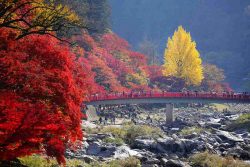
Autumn Foliage Reaches Peak Season at Korankei in Aichi Prefecture
-
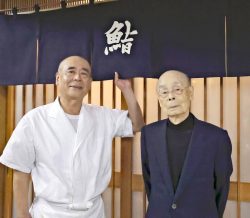
Legendary Sushi Chef Jiro Ono Turns 100: ‘I Have No Regrets’
-

Autumn Foliage Surrounds Visitors to Tokyo’s Showa Kinen Park
-

My Daughter No Longer Speaks to Me, But I Want to See Her and My Grandchild
JN ACCESS RANKING
-

Japan’s Hopes for Seafood Exports Shot Down in China Spat
-

Essential Services Shortage to Hit Japan’s GDP By Up to ¥76 Tril. By 2040
-

Japan to Charge Foreigners More for Residence Permits, Looking to Align with Western Countries
-

Japan Exports Rise in October as Slump in U.S. Sales Eases
-

Niigata Gov. to OK Restart of N-Plant; Kashiwazaki-Kariwa May Be Tepco’s 1st Restarted Plant Since 2011








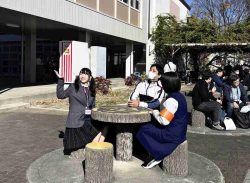
◎あいさつされる愛子さま_20251214YGTGS000705_C-2-250x172.jpg)

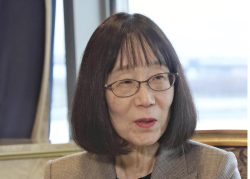
◎あいさつする木原官房長官_20251214YGTGS000395_C-2-e1765689477785-250x170.jpg)







